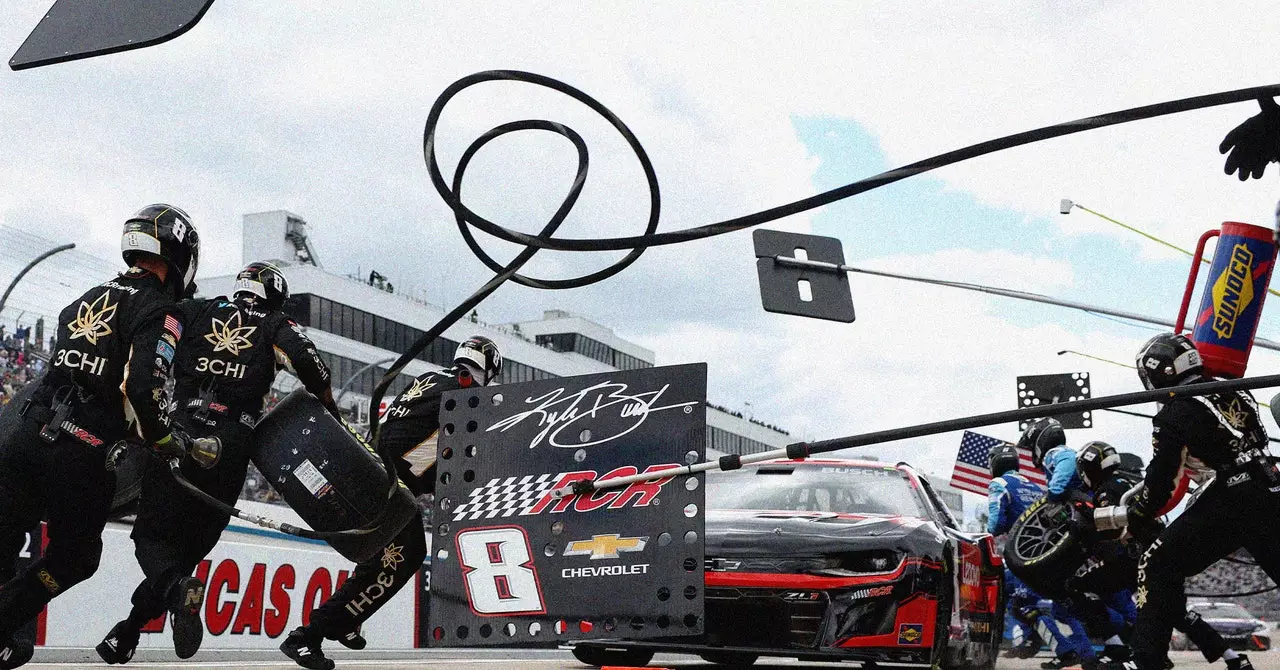While Liberty Media has been pushing Formula One into the American market with the addition of more races in the US, Nascar still remains the dominant force in terms of TV viewership. Despite European race fans looking down on stock car racing, there is something about Nascar’s low-tech, normally-aspirated pushrod V8 engines that continues to captivate audiences. With 670-hp output and a capacity of 358 cubic inches, the roar of a Nascar car racing around an oval track is unmatched.
Technological Advancements in Nascar Pit Stops
In a sport where every second counts, Nascar teams are constantly looking for ways to gain a competitive edge. Lenovo, a leading technology company, has partnered with Richard Childress Racing to enhance their pit stop strategies. With anywhere between five to 12 pit stops per race, the efficiency of refueling plays a crucial role in determining the outcome of a race. Lenovo has introduced AI technology to provide real-time insights into refueling, a process that can make or break a team’s strategy.
Unlike Formula One where refueling has been banned since 2010, Nascar teams rely on strategic planning and precise calculations to manage fuel consumption. With no fuel gauges in the cockpit, teams must rely on external data to determine when and how much fuel to take on during a pit stop. Variables such as track length, configuration, and car speed all play a role in fuel consumption. Additionally, Nascar drivers utilize drafting techniques to conserve fuel, reducing the number of pit stops required during a race.
Lenovo’s AI team has developed a system that uses in-car transponders and cameras to monitor the refueling process in real-time. By analyzing data at 30 frames per second, the AI engine can accurately determine when the fuel can is plugged or unplugged, ensuring that the correct amount of fuel is delivered to the car. This technology eliminates the guesswork involved in manual calculations and minimizes the margin of error in refueling.
By incorporating AI technology into pit stop operations, Nascar teams like Richard Childress Racing can streamline their refueling process, ultimately improving their overall race performance. With the ability to track the exact amount of time the fuel cans are connected to the cars, teams can make more precise calculations and reduce the risk of under or over-fueling. This level of precision can make a significant difference in a sport where milliseconds can determine the winner.
The integration of AI technology in Nascar pit stops represents a significant advancement in the sport’s evolution. By leveraging data and real-time insights, teams can optimize their strategies, enhance performance, and increase their chances of success on the track. As Nascar continues to embrace innovation and technological advancements, the future of pit stops in the sport looks promising.


Leave a Reply